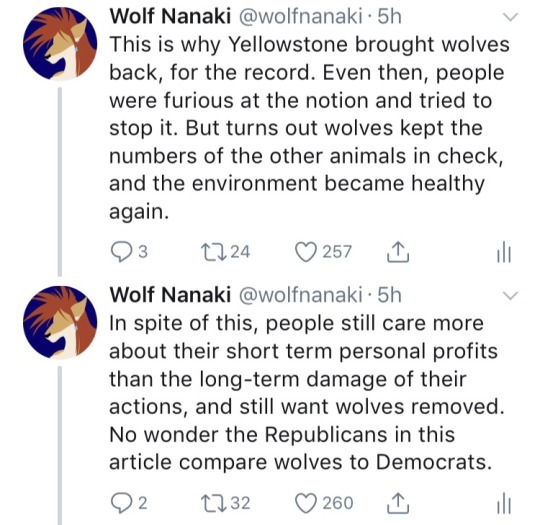Don't wanna be here? Send us removal request.
Photo


Northern Luzon cloud rat (Phloeomys pallidus) by Joel Sartore
The northern Luzon giant cloud rat is a large species of rodent in the family Muridae. It is only found in Luzon, the Philippines. Adults can weigh over 5 pounds and be up to 30 inches long.
662 notes
·
View notes
Photo
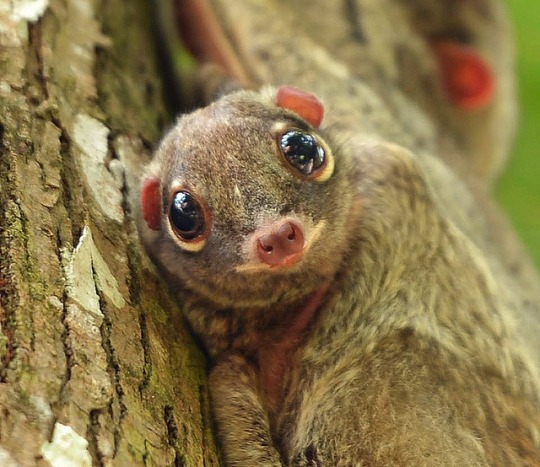
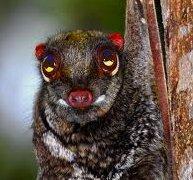
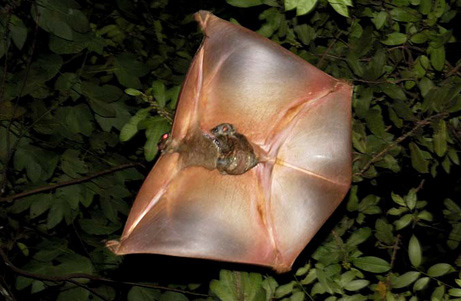
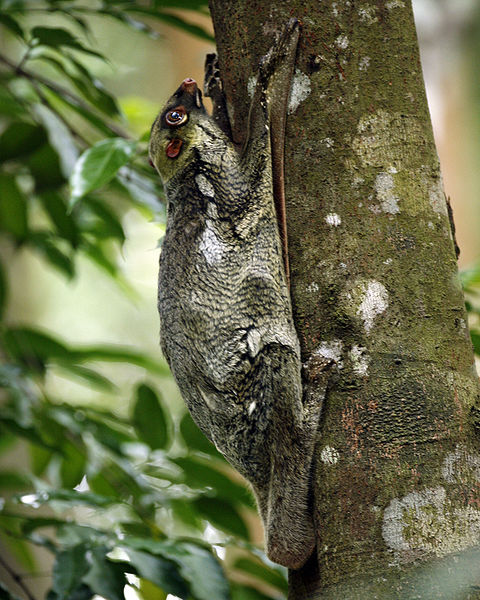
Colugo (Cynocephalidae)
Colugos are arboreal gliding mammals that are found in Southeast Asia. Just two extant species make up the entire family Cynocephalidae. They are the most capable gliders of all gliding mammals, using flaps of extra skin between their legs to glide from higher to lower locations. They are also known as cobegos or flying lemurs, though they are not true lemurs. They are surprisingly clumsy climbers. Lacking opposable thumbs and not being especially strong, they proceed upwards in a series of slow hops, gripping onto the bark of trees with their small, sharp claws. Colugos are shy, nocturnal, and restricted to the tropical rainforests. Both species are threatened by habitat destruction.
photo credits: civet bat, Flickr,Nat Geo, boscage
723 notes
·
View notes
Photo


Chestnut-eared aracari (Pteroglossus castanotis)
The chestnut-eared aracari is a bird native to central and south-eastern South America. It belongs to the toucan and aracari family (Ramphastidae). Like others in the genus Pteroglossus, its diet mainly consists of fruit taken from trees in the area, sometimes retrieved by hanging upside-down. The chestnut-eared aracari also may include flower nectar, insects, and nuts in its diet as well.
photo credits: Laura serradourada, Joseph C Boone
540 notes
·
View notes
Text
some of you have never read evidence based or peer reviewed science with understanding and it shows
1K notes
·
View notes
Text




Am I the only one who’s concerned by this footage? This was caught in New Zealand, which makes it even worse. It seems like the amount of encounters like this are becoming more common, and that worries me a lot. Yes, killer whales are curious by nature. I’m aware of that, but the fact that this has happened so many times in NZ is unusual.
35 notes
·
View notes
Text
In 18,000 years, when I’m a doctor, I’ll be able to afford that
763 notes
·
View notes
Photo
Also wcs is a great organization!

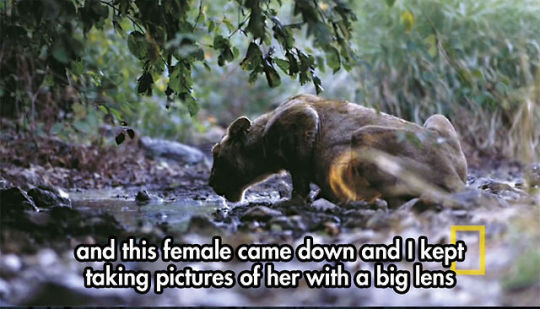





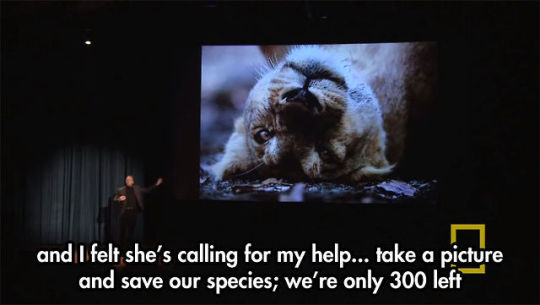
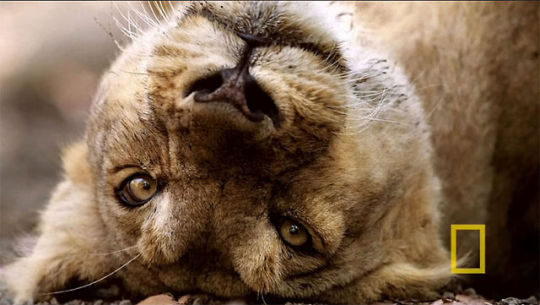
Photographer Mattias Klum from National Geographic gets close and personal with a lion.
951K notes
·
View notes
Text
Invertebrate medicine is wild
Guys, omg. Something happened at this conference that I never ever thought would happen–I found invertebrates super interesting. And I kind of want to work with them. I didn’t even know that was an option! Also I’ve always been terrified of insects and arachnids but THEY’RE SO COOL I’VE BEEN SO WRONG ABOUT THEM. Look at this:

Look at that anatomy!!! How cool is that?? Their heart is just…dorsal. Like why?? And you can hear it with a doppler! You can anesthetize a tarantula with isoflurane and monitor their heart rate with a doppler. That blew my mind. You can perform surgery on them and suture them with 6-0 ophthalmic suture! You can give them IV and sub q fluids. That’s crazy!! And look how they drink:

Apparently they just drink like that?? I dunno why but that’s kind of cute?? They use hydrostatic pressure to move (which is crazy cool) so dehydration is actually a serious issue with them.
He also talked about scorpions, snails, shrimp, roaches, centipedes, crabs and a bunch of other animals I never would have even imagined you could treat. And honestly, I never imagined I would care enough to want to treat them but they were actually so interesting I ended up grabbing his email! Am I gonna be a spider vet?? Like that’s the last thing I EVER thought I would want do but hey, if I’m gonna treat exotics might as well include invertebrates, right?
4K notes
·
View notes
Link
According to researchers, coordinated critics have mounted a “misinformation campaign designed to purposefully fabricate doubt regarding the harmful impacts of outdoor cats and stymie policies that would remove outdoor cats from the landscape.”
The conflict stems from a groundbreaking study published in 2013 by scientists from the Smithsonian Conservation Biology Institute and the U.S. Fish and Wildlife Service. That study evaluated the combined impact of the tens of millions of outdoor cats in the United States. The authors found that roaming outdoor cats kill approximately 2.4 billion birds every year and are the leading source of direct, human-caused mortality to birds in the country. Similar results have since been confirmed in Canada and Australia.
READ MORE
To those of you still in denial about how bad outdoor cats are to wildlife not just in your own countries but globally here’s the cold hard scientific facts stating that you are apart of a movement of uneducated critics spreading misinformation.
Here’s the link to the open-source scientific artificial as well:
Responding to misinformation and criticisms regarding United States cat predation estimates (2018). Loss S, Will T, Longcore T, Marra P. Biological Invasions; 20(12): 3385-2296
50K notes
·
View notes
Note
Cats are a danger in Australia. On other continents birds survived cats for thousand of years. The real danger to birds is their loss of habitat. The reason to keep cats in door is their safety. But it won't save the birds. U less in Australia.
This is an example of why you shouldn’t speak when you know nothing about an issue.
Anyways cats do pose a big threat to many native animals including birds in many countries:
UK:
Article in which Sir David David Attenborough warns that outdoor cats are killing huge numbers of birds in British gardens
Predation of wildlife by domestic cats Felis catus in Great Britain
Another article which stats that cats kill an estimated 55 million birds annually and a total of 275 million animals annually
Protecting wildlife from predation by owned domestic cats: Application of a precautionary approach to the acceptability of proposed cat regulations
Cats about town: is predation by free‐ranging pet cats Felis catuslikely to affect urban bird populations?
Domestic Cat Predation on Wildlife
US:
Cats and Wildlife: A Conservation Dilemma
The impact of free-ranging domestic cats on wildlife of the United States
Responding to misinformation and criticisms regarding United States cat predation estimates (bolding this one because I think it’s relevant to the misinformation you just tried to spread)
Landowners and cat predation across rural-to-urban landscapes
The Moral Cost of Cats by the Smithsonian
Canada:
Estimated Number of Birds Killed by House Cats (Felis catus) in Canada
A Synthesis of Human-related Avian Mortality in Canada
Europe:
Switzerland - Hunters and non-hunters: skewed predation rate by domestic cats in a rural village
German - Neuter your cat or put it on a leash, says German government
German - German officials order all stray cats to be neutered
Poland - Annual variation in prey composition of domestic cats in rural and urban environment
New Zealand:
Morgan Foundation: The Damage Cats Do
Cats: Pet or Pest?
The prey of domestic cats (Felis catus) in two suburbs of Auckland City, New Zealand
Urban cat (Felis catus) movement and predation activity associated with a wetland reserve in New Zealand
Mammal invaders on islands: impact, control and control impact
Asia:
Japan - Cats v. birds in Japan: How to reconcile wildlife conservation and animal protection
Africa:
South Africa - Cape Town’s Cats: Reassessing predationthrough kitty-cams
Global
The Shocking Truth about Cats
I mean I can go on if you want?
1K notes
·
View notes
Text
“When I open this, I suggest you stop breathing.”
— Biology professor, holding an E. coli plate
501 notes
·
View notes
Text
when your zoo keeper is getting attacked by the other monkeys but you remember the time he didn’t give you those extra bananas

98K notes
·
View notes
Link
According to researchers, coordinated critics have mounted a “misinformation campaign designed to purposefully fabricate doubt regarding the harmful impacts of outdoor cats and stymie policies that would remove outdoor cats from the landscape.”
The conflict stems from a groundbreaking study published in 2013 by scientists from the Smithsonian Conservation Biology Institute and the U.S. Fish and Wildlife Service. That study evaluated the combined impact of the tens of millions of outdoor cats in the United States. The authors found that roaming outdoor cats kill approximately 2.4 billion birds every year and are the leading source of direct, human-caused mortality to birds in the country. Similar results have since been confirmed in Canada and Australia.
READ MORE
To those of you still in denial about how bad outdoor cats are to wildlife not just in your own countries but globally here’s the cold hard scientific facts stating that you are apart of a movement of uneducated critics spreading misinformation.
Here’s the link to the open-source scientific artificial as well:
Responding to misinformation and criticisms regarding United States cat predation estimates (2018). Loss S, Will T, Longcore T, Marra P. Biological Invasions; 20(12): 3385-2296
50K notes
·
View notes
Photo

Handsome Devil (Sabethes cyaneus) Photo by pbertner
More: http://www.thefeaturedcreature.com/2013/05/now-this-is-buzzworthy-species-of-mosquito-is-worlds-most-beautiful.html
1K notes
·
View notes
Text
I learned about the murder of Kitty Genovese in two separate psychology classes, at two separate universities. It was studied as an example of the “bystander effect”, which is a phenomenon that occurs when witnesses do not offer help to a victim when there are other people present.
I was told by my professors that Kitty Genovese was a 28-year-old unmarried woman who was attacked, raped, and brutally murdered on her way home from her shift as manager of a bar. I was told that numerous people witnessed the attack and her cries for help but didn’t do anything because they “assumed someone else would”. Nobody intervened until it was too late.
What I was not told was that Kitty Genovese was a lesbian who lived more or less openly with her partner in the Upper West Side and managed a gay bar.
Now… is it likely that people overheard Kitty’s cries for help and ignored them because they thought someone else would deal with it? Or, perhaps, did they ignore her because they knew she was a lesbian and just didn’t care?
Maybe that’s not the case. Maybe it was just a random attack. Maybe her neighbours didn’t know she was gay, or didn’t care.
But it’s a huge chunk of information to leave out about her in a supposedly scientific study of events, since her sexuality made her much more vulnerable to violent crimes than the average person. And it’s a dishonour to her memory.
RIP Kitty Genovese. Society may only remember you for how you died, but I will remember you for who who were.

181K notes
·
View notes
Photo

CRISPR bombshell: Chinese researcher claims to have created gene-edited twins
On the eve of an international summit here on genome editing, a Chinese researcher has shocked many by claiming to have altered the genomes of twin baby girls born this month in a way that will pass the modification on to future generations. The alteration is intended to make the children’s cells resistant to infection by HIV, says the scientist, He Jiankui of the Southern University of Science and Technology in Shenzhen, China.
The claim—yet to be reported in a scientific paper—initiated a firestorm of criticism today, with some scientists and bioethicists calling the work “premature,” “ethically problematic,” and even “monstrous.” The Chinese Society for Cell Biology issued a statement calling the research “a serious violation of the Chinese government’s laws and regulations and the consensus of the Chinese scientific community.” And He’s university issued a statement saying it has launched an investigation into the research, which it says may “seriously violate academic ethics and academic norms.”
159 notes
·
View notes


